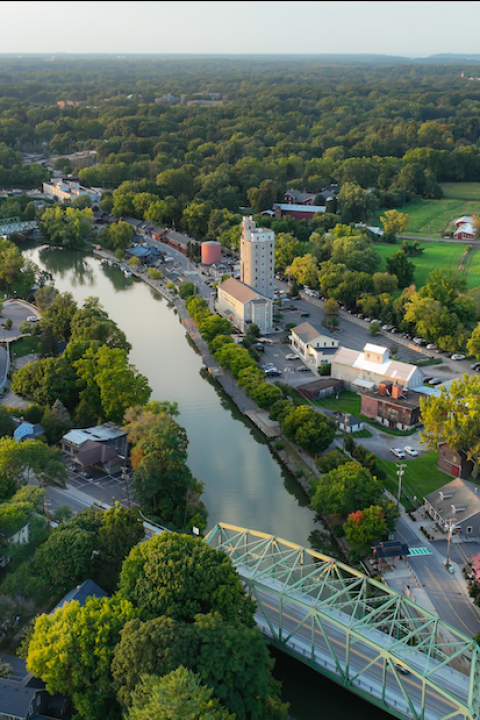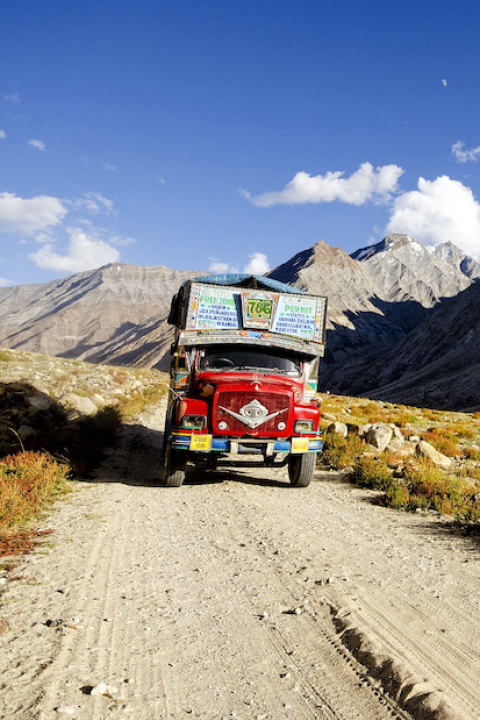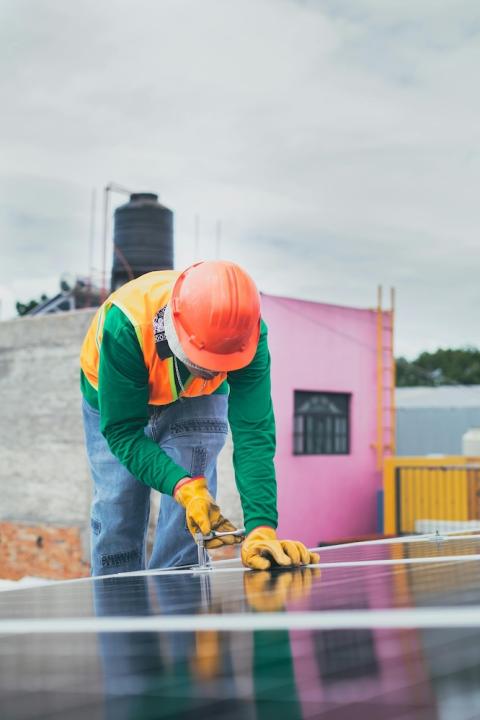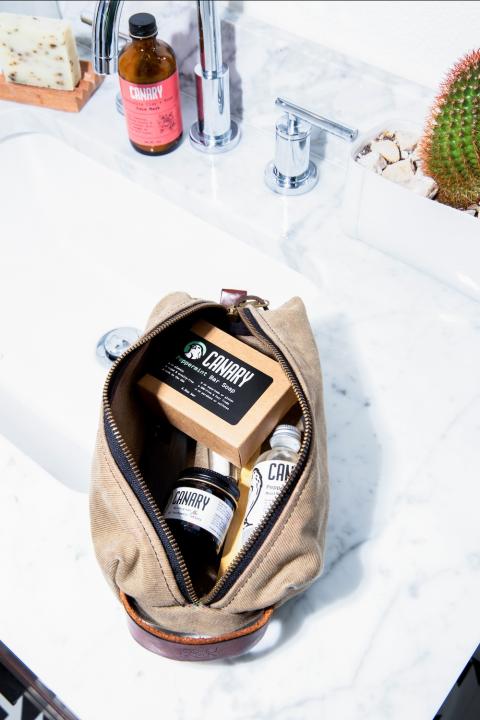
Adrián López Velarde (left) and Marte Cázarez (right), cofounders of Desserto — which makes alternative leather derived from the prevalent and drought-resistant nopal cactus. (Image courtesy of Desserto)
Before that sleek pair of leather boots hit the market, its life was a dirty secret — literally. Considering the human and environmental costs associated with leather production, it’s no surprise we’ve turned to synthetic leather, but this largely plastic-derived fabric has skeletons in the closet, too.
Lately, a petroleum-free pearl has emerged from the muck: naturally-derived alternative leather. Companies are reinventing one of fashion’s most troublesome fabrics and, in some cases, helping the environment along the way.
Leather production and the environment
For a single product, leather comes with an astounding array of problems. First of all, its production generates copious amounts of wastewater — an estimated 145 billion gallons each year. Laden with organic matter, heavy metals, pesticides and other pollutants, this foul-smelling water can contaminate freshwater systems and the communities around leather tanneries.
In addition, producing leather emits air pollution and leaves behind piles of hides, hair and flesh, often tainted with lime, sulfides and chromium. While the material is generally a byproduct of the meat industry, it does support the livestock industry and its numerous environmental problems.
Finally, the leather industry contributes to climate change. An estimated 110 kilograms of carbon dioxide are emitted to produce a square meter of leather, most of which comes from cattle farming, according to a United Nations Industrial Development Organization review. That’s equivalent to driving a gasoline-fueled car for over 280 miles.
Harmful impacts on people
Leather’s dirty fingerprints go far beyond the environment, though. It also damages human health.
Unfortunately, tannery workers are on the front lines of this noxious process. Tanning leather makes it more durable and less likely to degrade, but this process involves dozens of chemicals that can impact human health.
For instance, tannery workers had higher levels of respiratory and dermatological diseases like asthma, bronchitis, tuberculosis and rashes than a control group who weren’t exposed to the chemicals, according to a 2008 study. Follow-up research in 2020 confirmed higher incidence of such illness among tannery workers. This is likely due to higher levels of chromium, a chemical used in tanning, in their blood. Workers also had high levels of heavy metals in their blood and hair, putting them at an elevated risk for cancer.
Besides the impacts on our health, leather poses an ethical conundrum. While leather hasn’t fallen out of favor like wearing furs, there are still concerns about the welfare of animals, the conditions they were raised in, and whether we should be wearing it at all.
The majority of leather comes from cattle, sheep and goats raised for meat, wool or dairy, which may alleviate some moral quandaries. However, certain animals like alligators and pythons are largely raised for their hides.
On the other hand, an increasing consumption of beef paired with a decreasing demand for leather in the U.S. means many otherwise useable hides are now sent to the landfill. Certainly, this plethora of leather-related issues is not the easiest knot to untie.
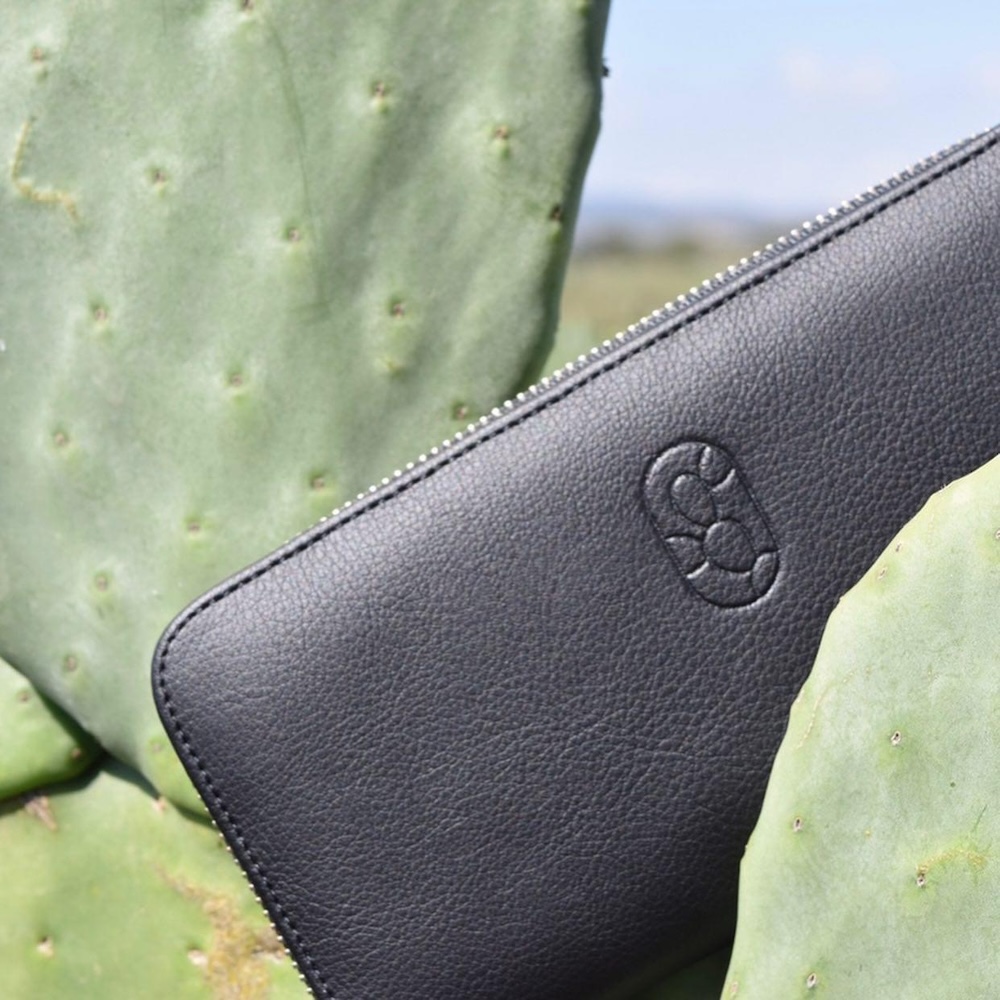
Problems with plastic-derived alternatives
Considering all this, it makes sense that people would resort to alternatives. Until recently, most faux leathers were made from petroleum. Paper pulp or fabric was used in early attempts at artificial leather, but plastic’s increasing popularity in the 1940s led to its adoption in fashion, too.
Today, the most common synthetic leathers are made by coating a fiber, often cotton or polyester, with a plastic such as polyurethane or polyvinyl chloride. While these materials have the upside of removing animals from the supply chain, the heavy use of plastic still presents problems.
First of all, producing plastic releases pollution into the environment, which can pose a health risk for workers and the surrounding communities. Also, these synthetic products don’t break down easily and wither away in landfills for much longer than real leather. Finally, like other plastic-derived clothing, they release microplastics into the environment when they're washed.
But synthetics do have a smaller carbon footprint than the real thing. Counting only emissions after the slaughterhouse, producing synthetic leather emits 7 percent fewer greenhouse gases than real leather. However, taking into account the footprint of cattle farming drops that number to 85 percent less greenhouse gases than real leather.
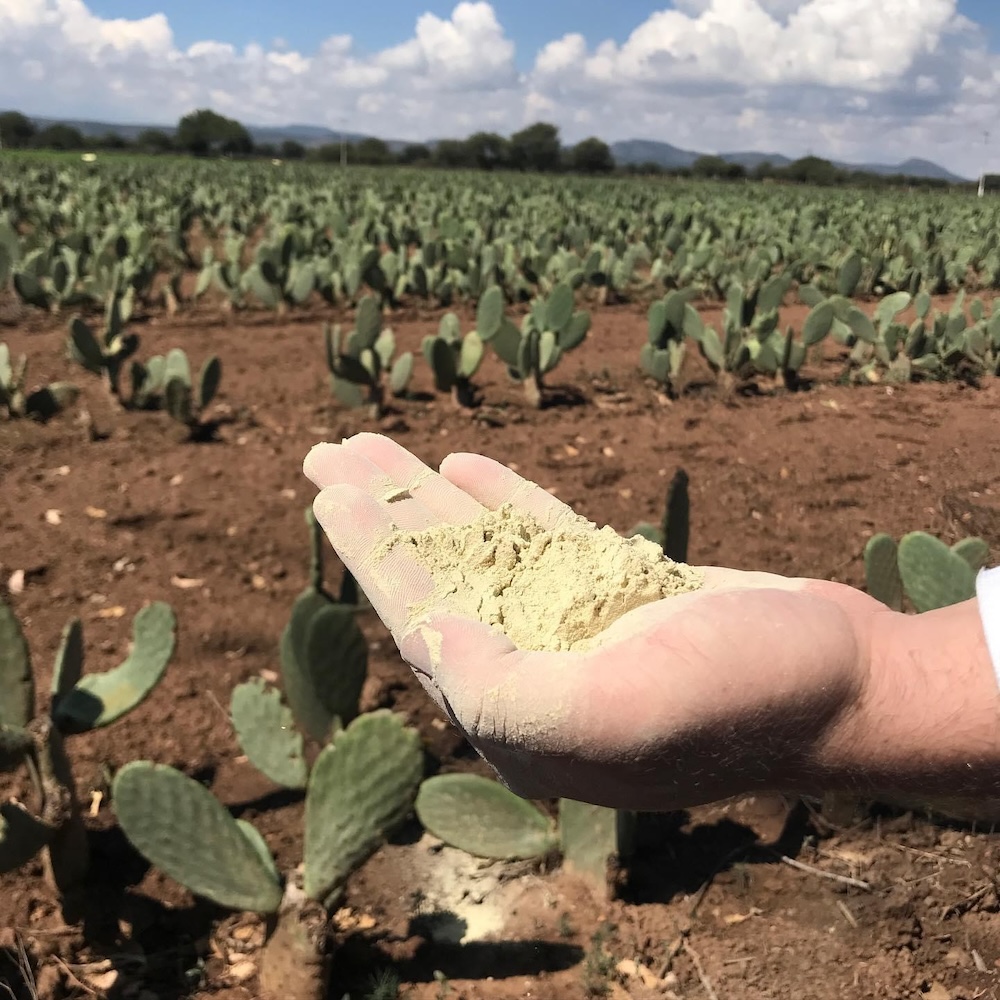
The possibilities of plants
Given the daunting set of problems stitched into the current options for leather, innovative companies are experimenting with materials besides plastic. A growing number of them are offering plant-based leather from sources like pineapple leaves, mangos, apples, cork, mushrooms and even flowers. These vegan options bypass the livestock industry entirely and may avoid the heavy plastic use of other synthetic leathers.
One such company is Desserto, based in Jalisco, Mexico. In 2016, its founders became disenchanted with the large environmental footprint generated by leather and synthetic materials while working in the fashion and automotive industries.
“We started saying, 'Let's do something to this industry which is beautiful, which is very attractive for everybody, but … without killing animals or without using any type of plastics,” said Marte Cázarez, co-founder of Desserto.
After an exhaustive search, they settled on using organically grown nopal — commonly known as the prickly pear cactus — to make leather for the fashion, sports, automotive and furniture industries. Yes, that’s the same cacti you eat if you’re a lover of Mexican cuisine.
“It’s a symbolic plant for us here in Mexico. It's everywhere. It's in all the states, and in all the cities,” Cázarez said. “Our thought was if we want to create a solution for the industry, it needs to be a real solution since the beginning, since the raw material.”
The benefits of using cacti are plentiful. First of all, it’s a native species that may thrive under climate change. Unsurprisingly, cacti use little water, can tolerate high temperatures and sequester carbon.
Desserto’s products also use less water and energy and emit fewer greenhouse gases than animal or synthetic polyurethane leather, according to an early life cycle assessment. In addition, the U.S. Department of Agriculture certified that the company's signature material is made primarily of renewable resources.
No product is without its tradeoffs, though. As you can imagine, this leather is more expensive than typical synthetic leathers. And both synthetic and plant-based alternatives are generally less breathable than real leather. Desserto’s products are also biodegradable, but the percentage varies according to the material.
Invading the alternative leather space
Stepping away from vegan leathers, another pioneering company, Inversa, offers an exotic alternative. It uses exotic animals for its leather, but non-native ones.
Founded in Florida by three scuba divers, the company chose a prominent trio for its products: lionfish, Burmese pythons and Asian carp. A “who’s who” of invasive species, these animals are wreaking havoc on ecosystems in the Mississippi River, the Gulf of Mexico and the Florida Everglades. For instance, the voracious appetites of Burmese pythons likely caused populations of mammals like raccoons and opossums to decline by over 98 percent in the Everglades. In the Caribbean, lionfish reduced the number of coral reef fish that transitioned to the adult stage of life by nearly 80 percent.
For those not opposed to wearing animal-derived products, Inversa offers an alternative that mitigates some of the environmental problems associated with traditional natural leathers.
According to one of its partners, Conservation International, Inversa has increased the price of lionfish in Mexico, making it more attractive to hunt. The company also aims to raise the incomes of anglers in local communities, and its divers and hunters sell or consume fillets from the species they remove. It also claims its process generates less wastewater than traditional leather manufacturing.
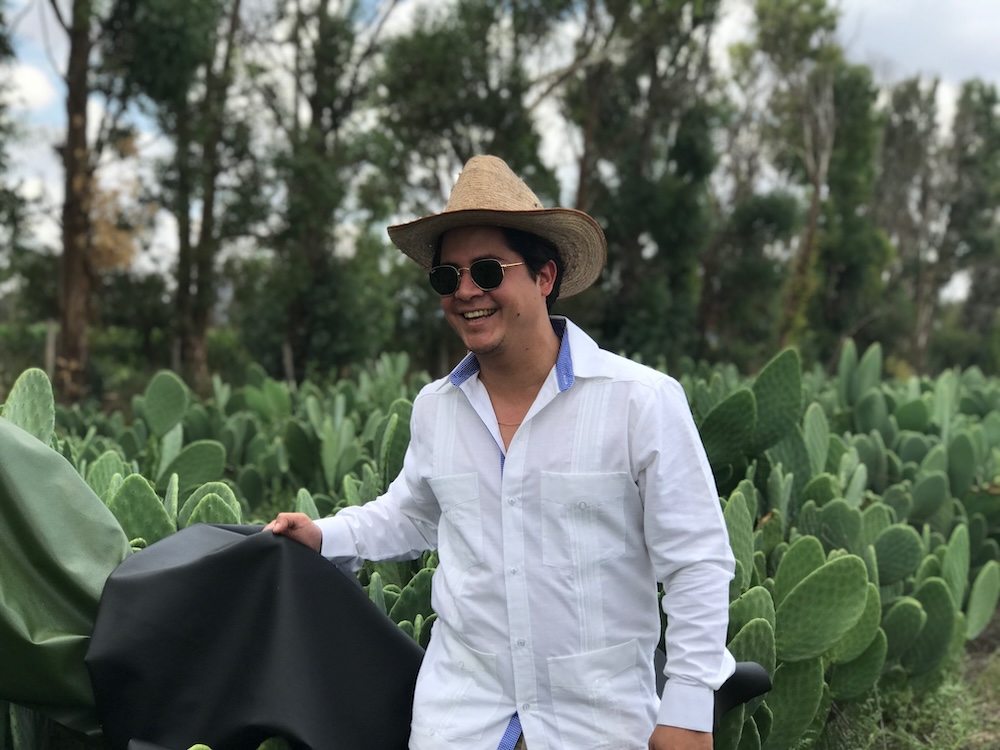
Changing the industry
The leather industry was valued at nearly $243 billion in 2022 and is expected to grow by 6 percent annually until 2030. While the market is dominated by real leather at nearly 54 percent, that still leaves plenty of room for alternative leather. With a consumer base increasingly concerned about sustainability, alternative leathers have a promising future ahead of them.
“The companies who are doing sustainable options, we're pushing this industry, like the leather and the plastics industries, to change for the better,” Cázarez said. “What is happening is that this industry is feeling threatened right now. They're starting to change their processes, raw materials, recyclability of water and carbon emissions.”
Regardless of if and when industry-wide change occurs, these alternative leathers offer a wide variety of options for consumers that come with a much softer impact on the environment.
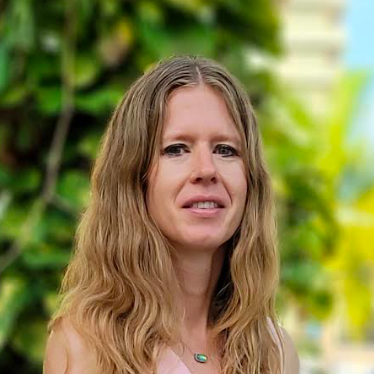
Ruscena Wiederholt is a science writer based in South Florida with a background in biology and ecology. She regularly writes pieces on climate change, sustainability and the environment. When not glued to her laptop, she likes traveling, dancing and doing anything outdoors.



